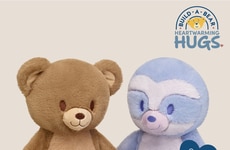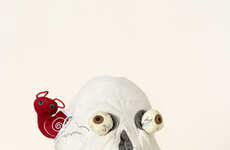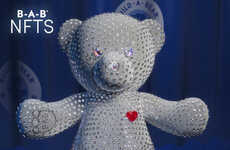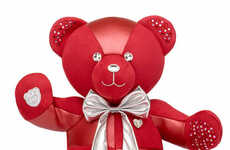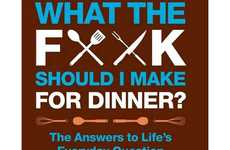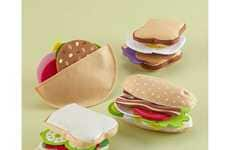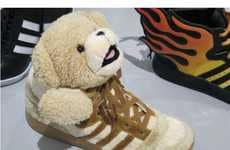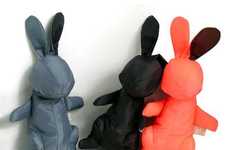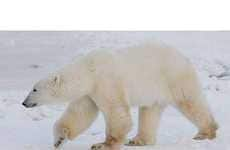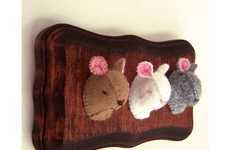
Biological Studies in Frightening Felted Wool
Cowbag — January 13, 2009 — Art & Design
References: stephaniemetz
These amazing sculptures made from felted wool are by artist Stephanie Metz, which include studies of both animals and humans. They’re amazingly accurate.
She makes the felted wool the same way you would if you were making wool falls, but then she does simply amazing things with it.
Her teddy skull series manages to be both eerie and cute at the same time, no mean feat when you start with a teddy fetus in a jar. I also adore the way she has represented rolls of fat in both the animal and human figurative studies.
She makes the felted wool the same way you would if you were making wool falls, but then she does simply amazing things with it.
Her teddy skull series manages to be both eerie and cute at the same time, no mean feat when you start with a teddy fetus in a jar. I also adore the way she has represented rolls of fat in both the animal and human figurative studies.
Trend Themes
1. Felted Wool Sculptures - Opportunity for artists and designers to explore innovative techniques and create unique sculptures using felted wool.
2. Biological Art - The intersection of art and biology presents new possibilities for creating thought-provoking and visually stunning artworks.
3. Eerie-cute Aesthetic - Demand for products and designs that combine unsettling and adorable elements, creating a unique and captivating aesthetic.
Industry Implications
1. Art and Design - Artists and designers can leverage the use of felted wool and biological concepts to create immersive and innovative visual experiences.
2. Craft and Textiles - Opportunity to explore new applications of felted wool in craft and textile industries, creating distinctive and tactile products.
3. Consumer Goods - Brands can tap into the eerie-cute aesthetic to create compelling and memorable products that resonate with consumers.
1.3
Score
Popularity
Activity
Freshness


